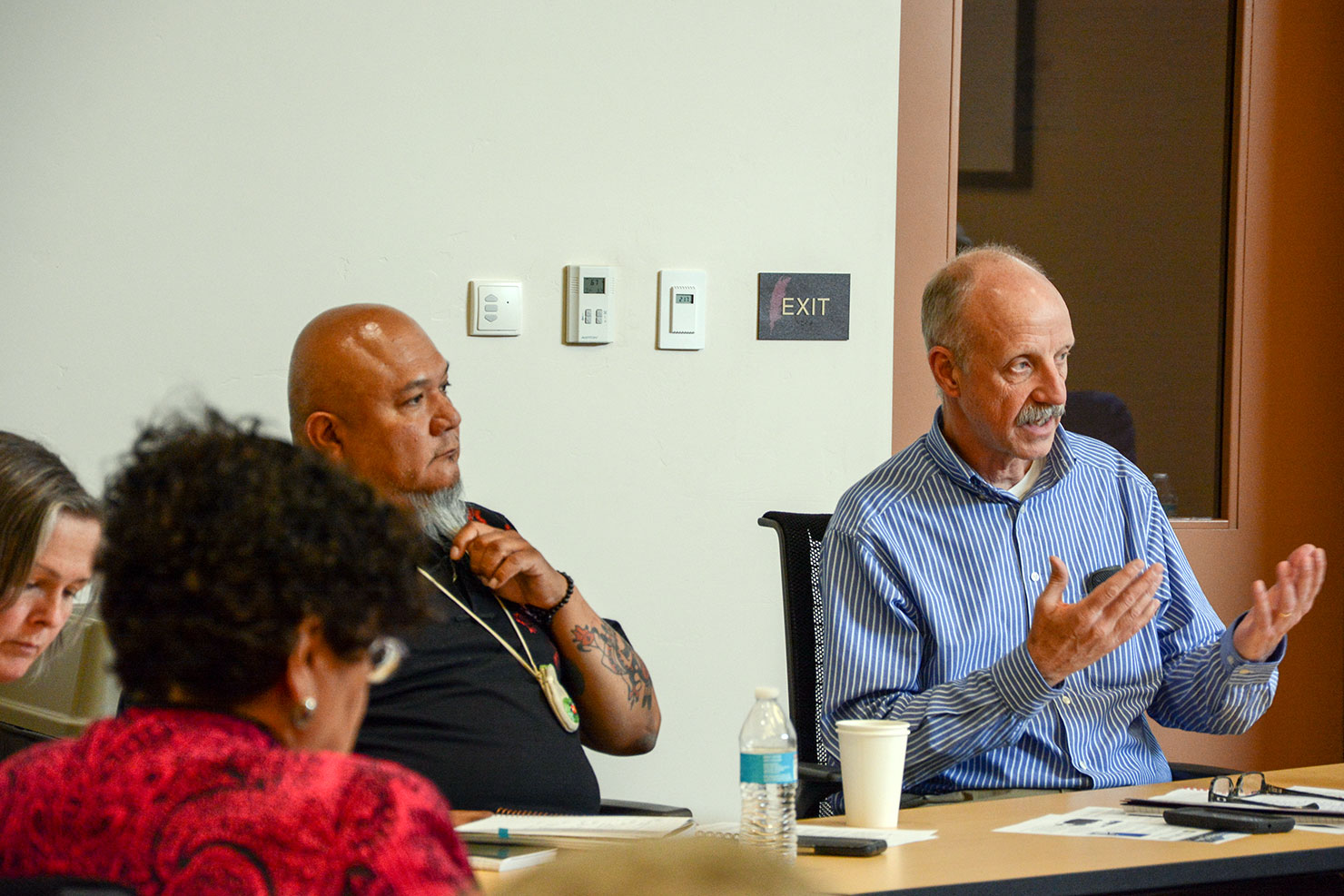On Wednesday, April 26 a staff level briefing was held for the Southern Ute Indian Tribe, outlining the Environmental Protection Agency’s proposed activities for the Bonita Peak Mining District (BPMD) National Priority List Site.
The EPA has been holding regular meetings with the tribe regarding the mining district following the Gold King Mine spill in 2015. The BPMD National Priority List Site consists of a total of 48 mines that make up the site. The EPA has identified these 48 sites as the most significant sources of contamination.
Over the past year, members of the US Forest Service and the Bureau of Land Management have been working with the Culture Department’s NAGPRA representatives to identify potential Ute sites in the area of the Bonita Peak Mining District that may be affected by contamination. NAGPRA reps for the tribe, Alden Naranjo and Cassandra Naranjo have taken take field trips with the Forest Service, BLM and the EPA to survey the area.
Going hand and hand with the cultural resources the EPA is also in the midst of doing a human health risk assessment of the sites, and is also using the help of the Ute tribes to identify plants located in the area that are used and/or consumed by the Utes for cultural and medicinal purposes. The EPA is hoping to continue working with the tribes to gather insight into the plants and ultimately figure how often all the plants are being used so they can calculate an accurate health risk.
Also discussed was a communication plan, between the EPA and tribe. The plan is still in the works, but will cover data sharing and how the EPA will interact with the tribe on a nation-to-nation basis.

